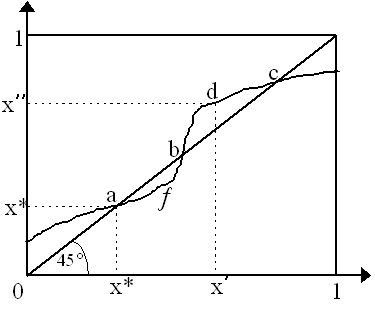


In this paper, a proposal aimed at integrating the benefits derived from modifying the Hopfield neural network (HNN) with geometric algebra to improve image quality is presented and evaluated. Integrating neural networks and other mathematical computation tools into computer science can be useful because they enable the exploitation of a wide range of applications related to image classification, driving automation, and text translation. Key components in artificial intelligence are neural networks, which have been integrated into image processing and computer vision.

Our results confirmed superiority as compared to four existing benchmark enhancement methods.Īrtificial intelligence is one of the most celebrated fields in science. The proposed algorithm was tested on fifteen different medical images, where evaluations were made based on entropy, visual information fidelity (VIF), weighted peak signal-to-noise ratio (WPSNR), contrast, and homogeneity. As a result, it enhances edges, information content, contrast, and resolution. It shifts the focus to both local and global optimizations in order to strengthen feature correlations within each image subspace. These are achieved by regularizing proposed MHNNs under cohomology, which enables them to act as an unconventional filter for pixel spectral sequences. In this paper, the convergence problem is addressed using two approaches: (a) by sequencing the activation of a continuous modified HNN (MHNN) based on the geometric correlation of features within various image hyperplanes via pixel gradient vectors and (b) by regulating geometric pixel gradient vectors. HNN, predominantly, is limited to local optimization during training to achieve network stability. One of the major shortcomings of Hopfield neural network (HNN) is that the network may not always converge to a fixed point.


 0 kommentar(er)
0 kommentar(er)
